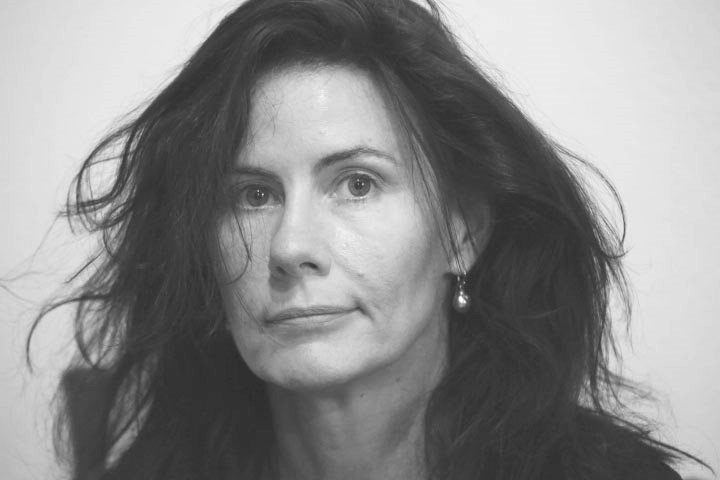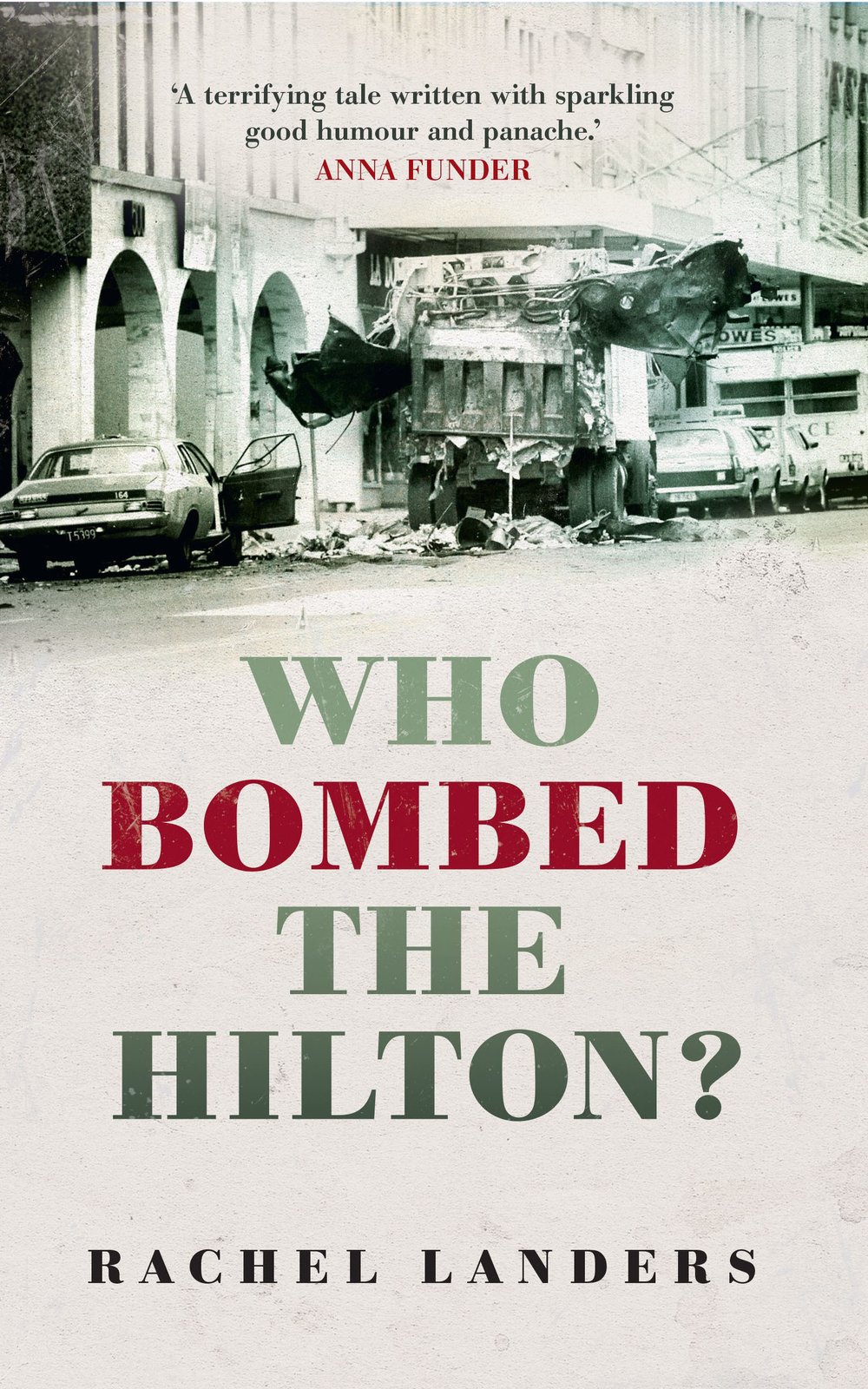When filmmaker Rachel Landers first became fascinated with the story of the unsolved bombing of the Sydney Hilton Hotel in 1978, she realised that it reached far beyond our shores into global acts of terror. So what have we learned since that botched investigation?
How are we to think about first act of terrorist murder in Australia – a cataclysmic crime that inexplicably remains unsolved?
In 1978, on the eve of the inaugural Commonwealth Heads of Government Regional Meeting, a massive bomb explodes outside the Sydney Hilton, killing three. Inside the hotel are eleven presidents and prime ministers representing almost 800 million people. Australia is thrust into the modern age of international terrorism.
This crime spawns our first counterterrorism laws, leads to the formation of the Australian Federal Police and, in the eyes of some, gives birth to ‘Fortress Australia’. It also unleashes a potent conspiracy theory, which, like those circulating around 9/11, name shadowy government organisations as the perpetrators. It’s a crime with more twists and turns than an airport potboiler and which involves ASIO, politicians, NSW Special Branch, secret agents, journalists, political activists and an Indian-based religious sect. It even includes the notorious Roger Rogerson, a name strewn across our news outlets again right now.
What is so compelling about this case is that I thought the Hilton bombing was a story specific to Australia. I soon realised it spread out across the world.
Within days of the fatal blast, the hundred-member Hilton task force receives intelligence from police forces of Thailand, Malaysia, London, New York, Washington, Canada, Sweden and even Afghanistan reporting crimes of a similar nature and suggesting a widespread and recurring reign of terror directed at Indian nationals living in every corner of the globe. This task force, led by the sharp-eyed and diligent Detective Inspector Norm Sheather, launches an investigation that comes tantalisingly close to the truth only to have it catastrophically derail because a different police agency goes rogue and embarks on a covert maverick quest to recruit and run its own secret agent. It’s a quest that ends in disaster.
Even more extraordinary is what happened next. With the investigation in tatters and a conviction seeming unlikely, a series of radical measures are set in motion that resonate powerfully with how our contemporary political leaders choose to deal with unsavoury types.
This all leads into murky territory. No one wants the kind of violence we’ve seen in Belgium or France or the USA to erupt here – we love Australia and the sense of safety we have. Between the Hilton in 1978 and 2015 there was no other act of terrorist murder on Australian soil. The Lindt café siege in central Sydney, followed by the murder of police accountant Curtis Cheng in Parramatta, changed that. They make us fear that terror is once again a real danger to us.
So what to do? How far are we willing to go?
These questions are urgent. Looking back at this first act of terrorist murder – knowing what we did, and understanding where we failed – may supply some answers.
* * *
Who Bombed the Hilton? by Rachel Landers is published by NewSouth (April 2016). Hear Rachel talk about the bombing with Fran Kelly on ABC Radio National here.



